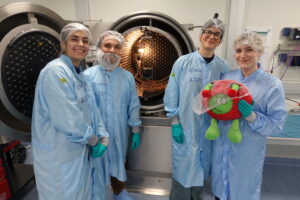I C E
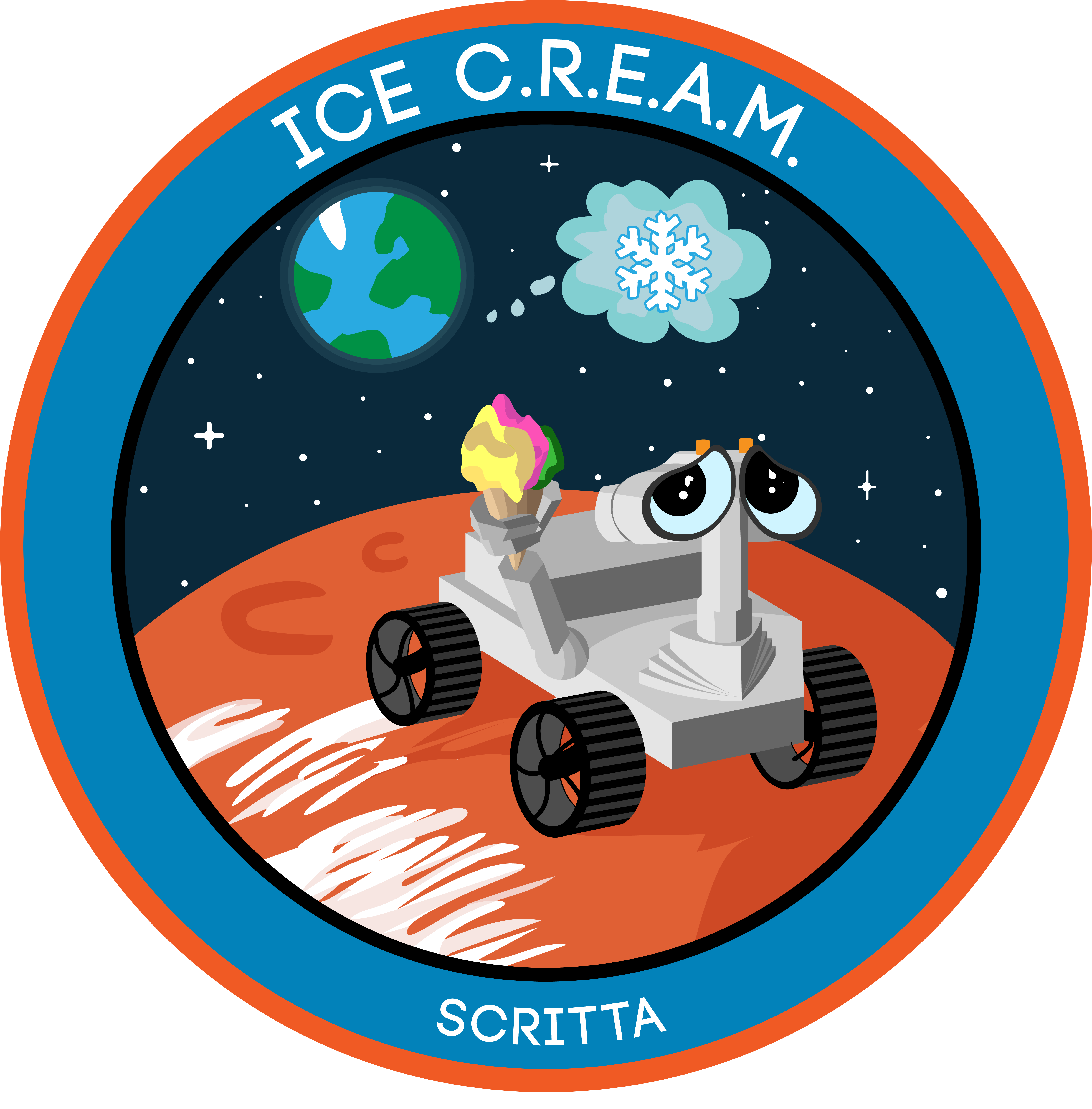
I C E
C
R
E
A
M
ollection and
etrieval
xpedition
imed at
ars
About the challenge
One of the primary challenges for sustained human presence on the surface of Mars is finding life sustaining elements such as water.
Several Mars rovers have discovered and analyzed Mars subsurface ice deposits using on board sensors.
To increase our understanding of the chemical makeup of these ice deposits and further humanity’s goal of being a multi planet species, AIAA American Institute of Aeronautics and Astronautics has launched a competition to design a cost effective sample return mission to retrieve Mars ice core sample s and ‘I Gelatai’ answered the call with a project with an original design: Ice CREAM Ice Collection and Retrieval Expedition Aimed at Mars mission.
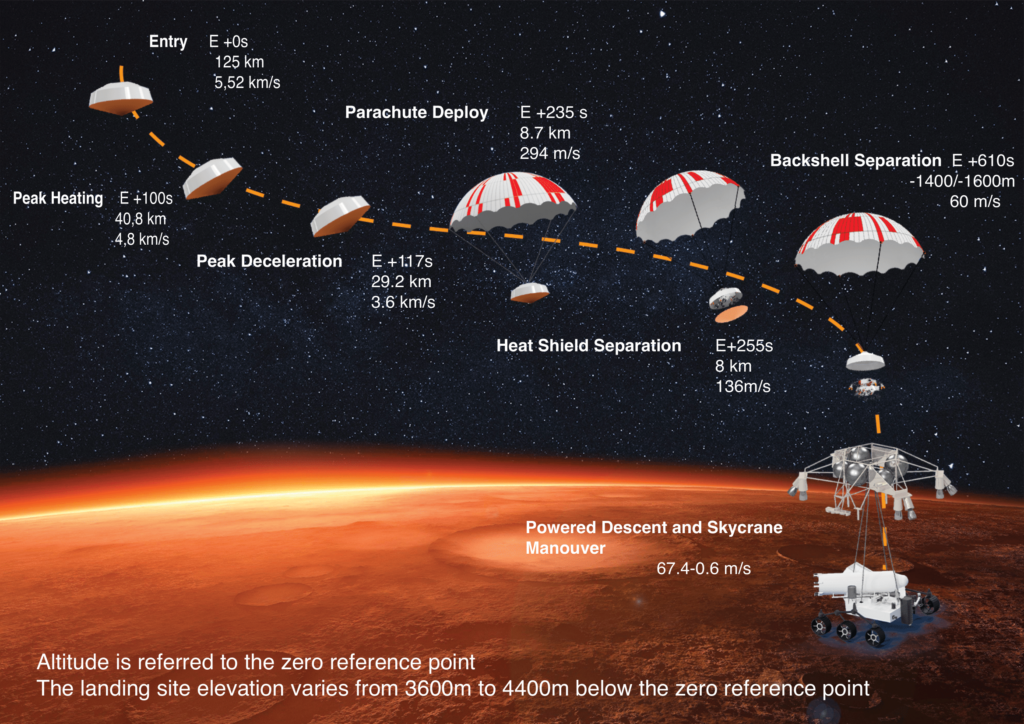
Mission Overview
The Mars Orbit Insertion consist s of multiple circularization burns to achieve the target orbit. The orbiter, se rves as a relay satellite for the entirety of the Mars surface operations; therefore, its orbit has been chosen to maximize the number of contacts between the ground and the flight assets.
Hardware
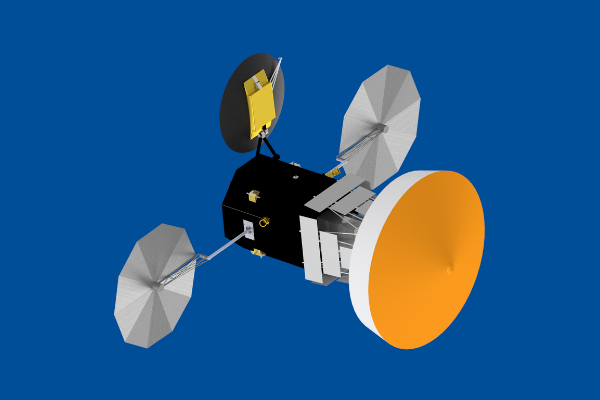
The flight asset
It is a planetary orbiter which employs a chemical propulsion system.
It has the goal to bring the rover to Mars, to provide communications relay service to the ground asset, and to capture the ice core samples bringing them safely back to Earth.
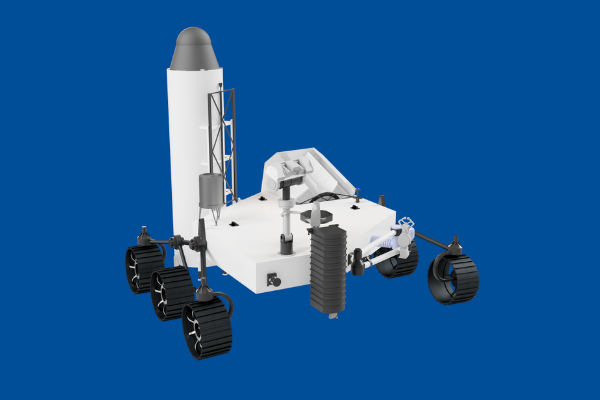
The ground asset
It features a mobile MAV rover architecture and will use a descent stage architecture like the ones used in the Mars Science Laboratory.
Ice CREAMCREAM’s rover will spend almost a year on the planet’s surface, analyzing and picking samples to bring them back to Earth by loading the Mars Ascent Vehicle. MAV is a single-stage fiber composite liquid bipropellant rocket.
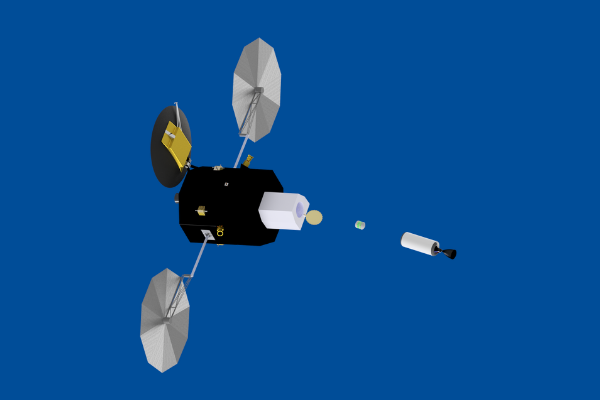
Orbiting Sample container
The collected samples will be stored inside the Orbiting Sample container (OS) on board the MAV. After the year long stay on the sur face, the MAV will launch and bring the OS to the rendezvous orbit.
After the landing, a prepared team safely recovers the samples, with precautions to avoid contamination performing a mid air retrieval.
Team
Cost-Risks-Programmatics-AIV and T



